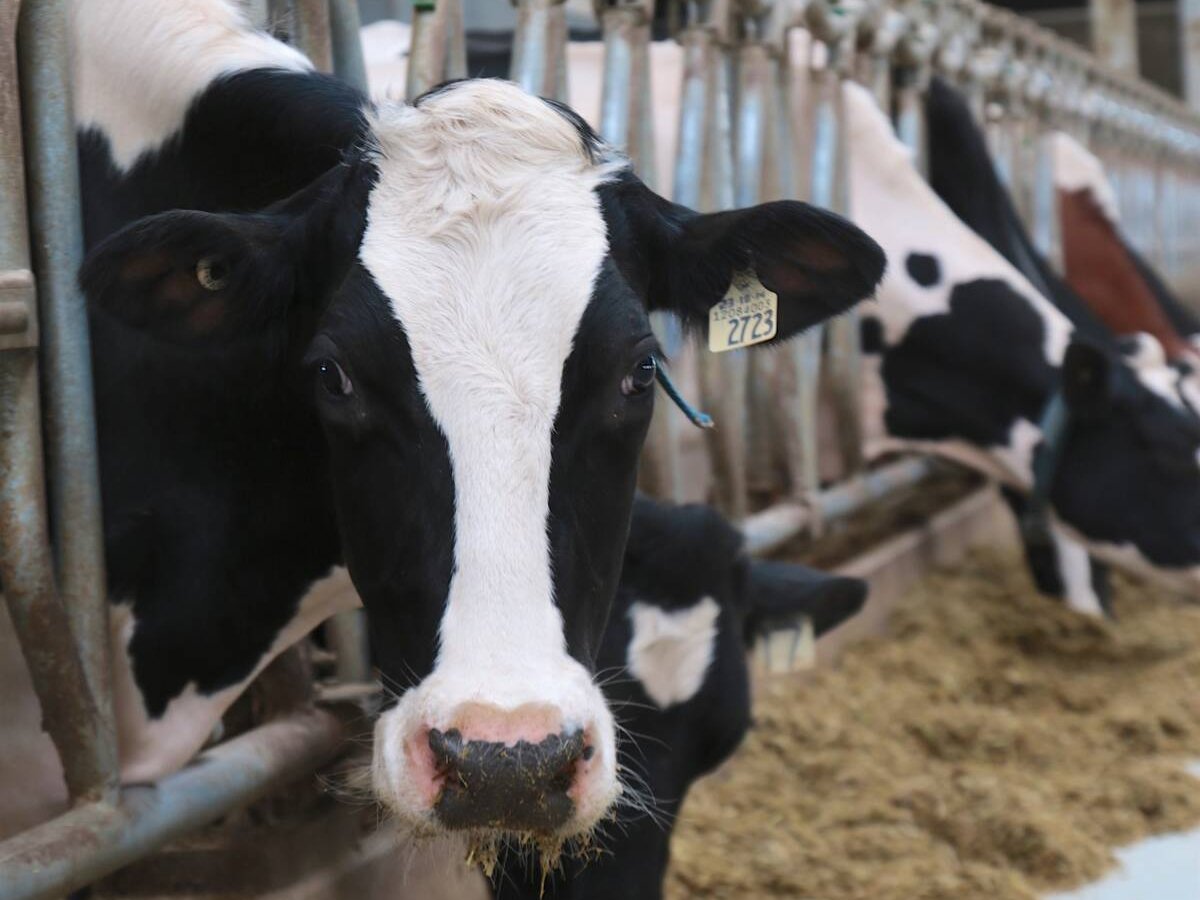Interest from Norway, Japan | Norway plans to test high beta-glucan varieties for baking and food processing
BANFF, Alta. — Canadian barley continues to generate interest among niche users who see it as a potentially good fit for distilling and food processing purposes.
Barley users from Norway and Japan were among the foreign visitors who attended the prairie grain industry’s annual variety recommending meetings held in Banff in late February.
The delegations travelled to Canada to learn more about western Canadian barley and determine whether existing or future varieties offer the end-use qualities they are seeking.
The arable land base is small in Norway and the barley industry is looking for ways to maximize the value of Norwegian grain crops.
Read Also

The Organization for Economic Co-operation and Development lauds Canada’s low farm subsidies, criticizes supply management
The Organization for Economic Co-operation and Development lauded Canada’s low farm subsidies, criticized supply management in its global survey of farm support programs.
Barley is the largest grain crop grown in Norway, accounting for 500,000 tonnes annually compared to 390,000 tonnes of wheat and 260,000 tonnes of oats.
Norwegian barley growers have traditionally focused on producing high-yielding feed varieties to support the country’s livestock industry.
More recently, however, the barley industry has been encouraging growers to plant higher-value food barley varieties that can be used in human food such as bread, muffins, porridge, noodles and tortillas.
Canadian barley breeders are world leaders in the development of food barley varieties.
To accommodate the growth of food barley, the Canadian Grain Commission will soon introduce a new food barley class that comprises both hulled and hulless varieties.
Norwegian barley experts Steiner Weel and John Tingulstad arrived in Banff to take a closer look at Canadian food barley varieties and learn more about their processing characteristics.
Weel and Tingulstad represent a farmer-owned co-operative called Norwegian Food Barley.
The two were hoping to acquire certified seed from Western Canada’s most promising hulless, high beta-glucan varieties and plant the seed in Norwegian trials to determine their adaptability.
Canada and Norway are geographically similar in terms of latitude and seasonality, so there is a reasonable chance that varieties developed in Western Canada will perform well in Norway.
Weel said Norwegian bakers and food processors are becoming more aware of the health benefits associated with high beta-glucan barley.
In addition to lowering blood cholesterol, it is also useful in maintaining blood sugar levels at a more consistent levels, which is an important consideration for diabetics.
“We are looking most likely for hulless varieties with high content of beta glucan because of its health benefits,” said Weel, who met with several Canadian experts including Brian Rossnagel, a world leader in the development of hulless and specialty food varieties.
“We are quite sure we will get some samples to take back to Norway for testing under Norwegian conditions. Then we will see how we can co-operate after we see the results.”
In Japan, the market for shochi barley is small but offers relatively high returns, said Darcy Kirtzinger, policy and research co-ordinator with the Alberta Barley Commission.
Kirtzinger has been leading ABC efforts to expand Canada’s presence in Japan’s shochi barley market.
Shochi is a traditional distilled alcohol that is popular among Japan’s male baby boomers.
It can be produced from barley, rice, sweet potatoes and buckwheat.
Australia is the largest supplier to the Japanese shochi barley market, but Canada is making inroads.
The barley commission is involved in a project aimed at expanding Canadian shochi barley sales and identifying new barley lines that are well suited to shochi production.
AC Metcalfe has been used in the past, but new varieties are needed to compete with Australian varieties such as Sterling and Schooner.
“The idea is that all three of these varieties, AC Metcalfe, Sterling and Schooner, are all approaching their sunset so at some point in the near future, we’re going to have to replace these with new emerging varieties,” Kirtzinger said.
The commission is eyeing three new western Canadian lines as potential candidates for shochi production. The fact that Japanese users are involved in Canada’s variety registration process is a promising development, he added.
“This is the first time they’ve attended our (variety registration) meetings and it’s also the first year they’ve shown interest in the variety registration process, so it’s a big step for them,” Kirtzinger said. “I think it demonstrates their dedication to Canadian barley and to identifying Canadian varieties that suit their purposes.”















